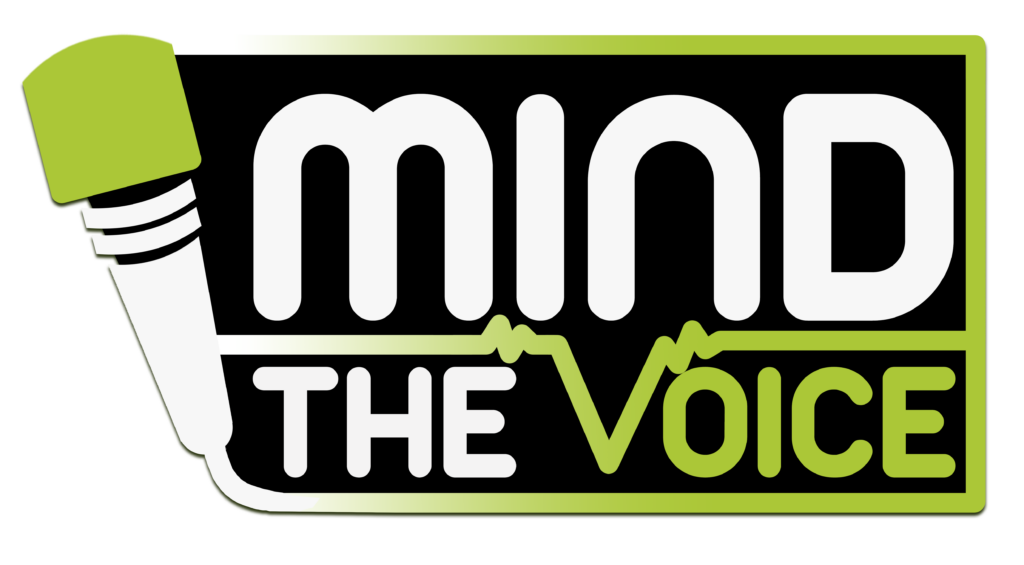
PONYTALES
IMPROVE VOCAL POWER? FOCUS ON YOUR PSOAS.

The what? The psoas 😉 For those who haven’t heard of this remarkable muscle, it plays a crucial role in your physical stability, vitality, and even trauma processing. Did you know that a tense psoas can be responsible for a wide range of issues? Let me take you on a journey to give some extra attention to the psoas, also known as the iliopsoas muscle. From vocal problems to lower back and bladder issues, the impact of this muscle is immense. Let’s take a closer look at its influence on your well-being.

The psoas is not just any muscle; it is a vital player in the complexity of our body. The influence of the psoas on our breathing is immense. When the psoas is tense, the diaphragm cannot descend sufficiently for a complete, deep breath. The result? Accessory breathing muscles such as the trapezius and the sternocleidomastoid take over, leading to a high, shallow breath. This has direct consequences for the voice, which is especially important for singers, speakers, and others who rely on a healthy voice. Your voice sounds thinner and can even become hoarse.
But there’s more…

Stress Muscle
The psoas is your stress muscle and plays a crucial role in how your body handles tension. When this muscle is tense, you likely experience more stress than necessary. Interestingly, stress doesn’t always have to be negative; it can also stem from excitement and the desire to live life to the fullest. This kind of positive stress, however, can lead to an increased breathing rate, where you gulp more air—a hidden form of hyperventilation.
Striving for Perfection?
Many people associate hyperventilation with panic attacks and the image of a person breathing into a paper bag to regain their breath. In reality, hidden hyperventilation occurs far more often than you might think. These individuals breathe faster or take in more air than necessary, leading to an imbalance in the autonomic nervous system and a continuous state of alertness or hypervigilance (read: too much adrenaline!).
My goal? For you to master your own “system”.
Hyperventilation and Irritable Bowel Syndrome
Hyperventilation often accompanies Irritable Bowel Syndrome (IBS). People with IBS frequently try different diets, such as gluten-free or lactose-free, to alleviate their abdominal discomfort. They often experience bloating and are constantly seeking ways to reduce this. However, what they often need is to improve their breathing and release tension in the psoas muscle. For IBS and hyperventilation, switching from mouth to nasal breathing can make a world of difference. Nasal breathing helps to normalize the breathing rate, which reduces abdominal tension and can alleviate IBS symptoms. Regular stretching and relaxation exercises for the psoas can help reduce abdominal discomfort and bloating. Additionally, a (vocal) reset can help release tension throughout the body.
My Goal? For You to Master Your Own “System”.
Fortunately, these issues can be resolved in just two to three sessions, even after years of problems. I help bring your body back to a state of calm with a reset, during which I analyze your body, posture, tension areas, and thought patterns. I then provide you with powerful, customized tools that allow you to make sustainable changes at home. This way, you gain full control over your body, mindset, and voice.
And if you thought that was it… Think again!
The psoas also serves as a central link in a series of muscle chains that stabilize and move our body. When the psoas is tense or overworked, it can lead to imbalances and tension in other parts of the body. This can cause secondary issues such as back and hip pain and a reduced sense of grounding. Moreover, the psoas is closely connected to the kidneys, which are associated with the emotion of fear in traditional Chinese medicine. Prolonged stress can lead to adrenal fatigue, with the adrenal glands producing cortisol and keeping the body in a constant state of fight, flight, or freeze. The kidney meridian, which runs along the psoas, plays a crucial role in energy flow, grounding, and balance in the body.
On a deeper level, the psoas is located in the pelvic area, which symbolizes safety, the feeling of “being allowed to be,” claiming your space, and embracing your strength. The pelvis is also the place where you can experience your deepest feelings. Some traditions refer to the psoas as the ‘muscle of the soul’ because of its deep connection to our inner wisdom and self-healing capacity. A relaxed psoas allows us to listen better to our body and intuition, aiding in making decisions that align with our true self and fostering authentic relationships.
The psoas and its issues
A tense psoas can lead to a wide range of issues, including:
- Back and hip pain.
- Breathing problems and hyperventilation.
- Bladder issues.
- Fatigue and stress-related symptoms.
- Bloating, abdominal and stomach pain, and IBS symptoms.
- Chest pressure, neck, and shoulder pain.
- Reduced vocal control and overstrained vocal cords.
- A sense of imbalance.
Hip Flexor Stretches to Start Your Day
Releasing the psoas muscle is crucial for proper breathing and a powerful diaphragm. A tense psoas can cause tension in the diaphragm, making breathing difficult. The psoas is a hip flexor. By searching “hip flexor stretch” on Google, you can find many useful exercises. Here, I’ll share one of the most effective exercises. Perform this exercise as often as you can, and ensure you experience “green pain” (mild discomfort) rather than “red pain” (sharp or severe pain). This stretch helps lengthen the psoas and reduce tension, improving your breathing.
Standing Hip Flexor Stretch
Instructions:
- Starting Position:
- Stand with your feet hip-width apart.
- Step your right foot forward into a staggered stance.
- Engage Core and Pelvic Tilt:
- Engage your core muscles.
- Slightly tilt your pelvis backward.
- Stretching:
- Keep your back leg straight and gently bend your front knee.
- Lean forward slightly until you feel a stretch in the front of your left hip, groin, and thigh.
- Hold the Position:
- Hold this position for 30 seconds to 1 minute.
- Switch sides and repeat.


Wil je 2x/maand inspiratie in je mailbox?
Schrijf je dan in voor mijn newsletter.
'Ponytales' met motivational talk,
inspirerende verhalen & coachingtips.











